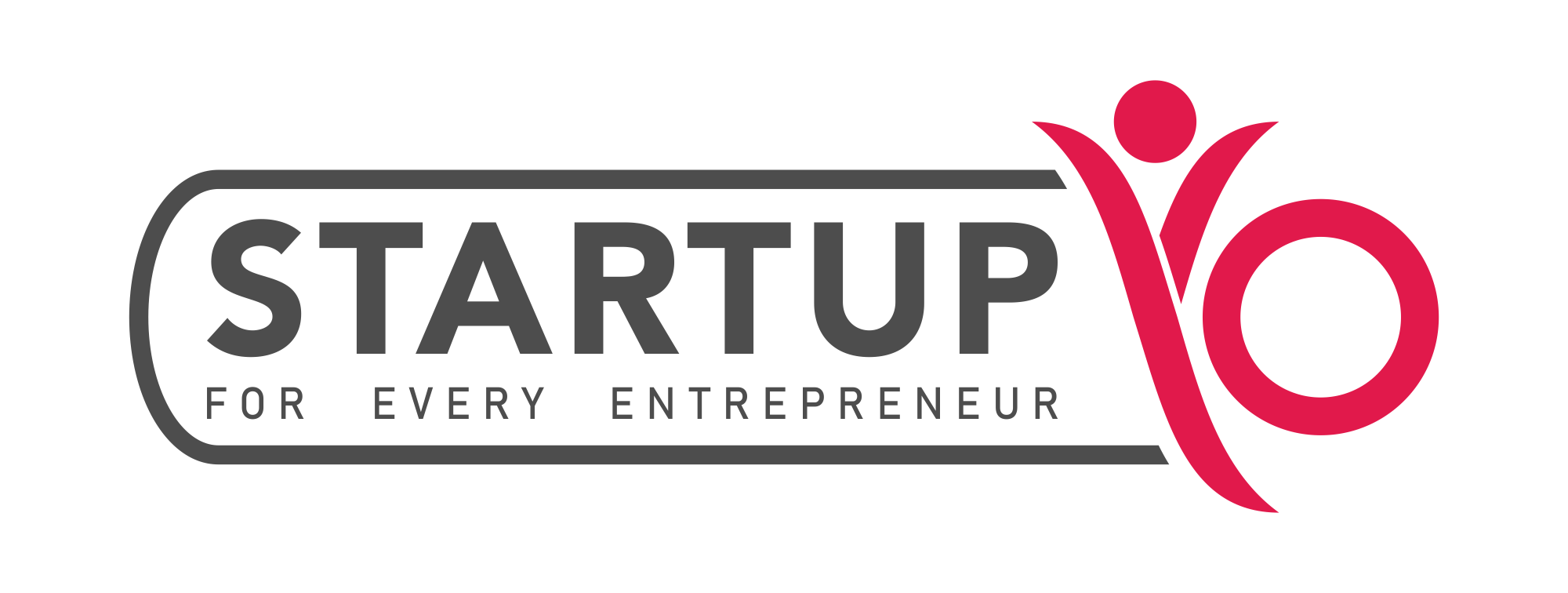Overview
It was during 1940 Indian trademark law came into existence. Before 1940 many problems regarding trademarks were in India and these problems were resolved by Specific Relief Act, 1877 under Section 54 and Indian Registration Act,1908, used to make registration decisions. In order to resolve all these problems and difficulties, in the year 1940 a law was enforced namely Indian Trademark law. With the major growth in business and increase in trade and commerce, the demand for protection of trademarks increased rapidly.
For the better protection of products and other fraud and misuse of merchandise, there arises a need for replacement and thus Indian Trademark law was replaced by Trademark and Merchandise Act, 1958. The act provided protection and prevention in a much better way, the act also stressed on the Trademark registration. In order to grant legal rights to the owners, the act provided trademark registration and its usage procedure.
Government of India replaced Trademark and Merchandise Act, 1958 with the Trademark Act, 1999. As recommended by the WTO (World Trade Organization) the government of India complies the Trademark Act, 1999 with TRIPS. This replacement was done in order to provide better protection policy for trademark users and implication of trademark rights.
The Trademark Act, 1999 provides different types of rights and regulations in case of infringement. It gives a complete understanding of infringement and defines it in a detailed manner. This act gives right to police in case of trademark violation or infringement and provides punishments and penalties. This Act also takes care of trademark registration, it increases registration process duration and registration provisions of a non-traditional trademark.
Indian judiciary is protecting trademarks actively and are extending this protection support system under trademark law to Domain Names. The Trade Marks Act provides:
- Service mark registration.
- Multiclass applications filing.
- Increase in the term of registration.
- Recognition of marks.
- Better Protection of products and services.
- Prevention from fraud marks and copying.
Read More : How to Register Trademark in India ?
Different types of trademark protection
Indian Trademark Act, 1999 under section 28 (1) provides exclusive rights and trademark law protection in case of infringement violation. It also protects many different types of Trademarks like Word Marks, Device Marks, Product Marks, Service Marks, Collective Marks, Certification Marks and much more.
Word Marks: Word mark is the most common category and here attention is given to words or letters. In this type of trademark registration text is protected and applicants can use any format or font. Wordmark helps in the identification of a company, product, organisation or institution, this distinct text-only name is used by businesses for branding or marketing. Word mark examples are TATA, Air Vistara, IBM etc.
Device Marks: A device mark is a graphic image, character, logo, painting or drawing. Device mark is free from numerals, words or letters and usually contain logos for products and services. Device mark examples Apple Logo, Mcdonald’s M logo, Android symbol.
Product Marks: A Product mark is used for the origin of the particular product and it also takes care of the reputation of a company. Product mark examples are the golden arches design of McDonald’s.
Service Marks: Service mark is a mark that represents and identifies services, it’s similar to that of trademark but has a thin difference as it distinguishes only the services and is not associated with goods and products. Service mark is denoted by “SM”and ™, USA uses symbol SM with service mark where in India the mark is denoted with symbol ™.
Trademark Owner
Ownership of the trademark gives protection to the owner, and provides them with legal rights. It gives access to the owner to use exclusive trademark law rights. It gives the right to the owner to permit others in case the trademark owner wants to earn profits. It acts as a protective shell for registered owners, in cases of fraud and other illegal activities and also copying or duplication of products and services.
Section 28 of the Trademarks Act, 1999 grants following rights to the trademark owner
- Trademark owners enjoy the exclusive right to use the registered trademark with its associated goods and services. It also provides protection against infringement and maintains the reputation of the company.
- When more than two people have same or identical trademark registration then the Trademark Act provides protection rights to both registered owners. But the registered mark should fall under different classes and they can enjoy these rights till the time they will not infringe with each other’s rights.
Read More : How to Protect your Business?
Trademark Registration
Under the Trademark Act,1999 any person in India can register a trademark. This trademark registration grants the applicant ownership rights and protects its goods and services from getting used from the hands of others.
Trademark registration protects unique brands, terms, slogans, logos, symbols and signs. Filing a trademark application has its own set of rules and requirements. The requirements differ on the basis of class of person, the applicant has to provide basic information like name and address, name of product and services, class in which it falls and Trademark duration.
In India individuals, Joint Owners, Proprietorship Firm, Partnership Firm, LLP, Indian and foreign Company, non-profit organisations are eligible for trademark registration.
Registered trademark Protection
Section 29 [1] of the Indian Trademark law states that a mark is infringed, if it’s similar to that of a registered trademark of the same class. If such a condition arises then under Section 134 registered owners can file a suit of infringement in the court demanding justice and relief.
- The registered owner can demand to stop the use of applied marks.
- The registered owner can ask for damages and losses done by the use of this mark.
- Court can provide public search orders regarding the usage of the mark and can seize it without any warning.
- The registration process of this mark can be opposed.
- Owner can ask for the removal of the mark, in case the name is in the Trademark Journal.
- Trade Marks Act, 1999 under section 103 and 104 deals with such marks and provides Criminal remedies.
- Criminal suit can be initiated against the violators.
What can not be registered
The Indian Trademark law 1999 does not allow the registration which can hurt a set of people or hurt religious sentiments. While deciding a mark one should keep in view to decide a trademark that should be free from scandalous or obscene matter. Geographical locations or names of cities/countries and religious names like God, Goddesses or Religious Books these should be excluded while framing a mark. Names like the surname of individuals, Generic Words or names related to Constitution or Government posts cannot be registered.
Read More : Difference Between Copyright and Trademark
Conclusion
The above article gives a description of how trademark act in India was framed and what is it all about. Trademark is very important and it’s essential in today’s marketing world. Present generation is working hard to establish their brand and want a mark that will be different from the rest of the company, which can highlight their brand and also can attract more and more customers. So the Indian judiciary is protecting trademarks actively in India and the trademark act is handling everything and is providing protection to the Trademark.
FAQ’s
What is The Trademark Act, 1999?
The Trademark Act, 1999 is an Indian Trademark Act providing different types of rights and regulations in case of infringement. This act gives right to police in case of trademark violation or infringement and provides punishments and penalties.
What type of trademarks are protected under the The Trademark Act, 1999?
Trademarks like Word Marks, Device Marks, Product Marks, Service Marks, Collective Marks, Certification Marks and much more are protected under the The Trademark Act, 1999.
Who is eligible for trademark registration in India?
In India individuals, Joint Owners, Proprietorship Firm, Partnership Firm, LLP, Indian and foreign Company, non-profit organisations are eligible for trademark registration.
Under which section trademark Criminal Proceeding is held?
Under section 103 and 104 of Trade Marks Act, 1999 Criminal Proceeding is held.



